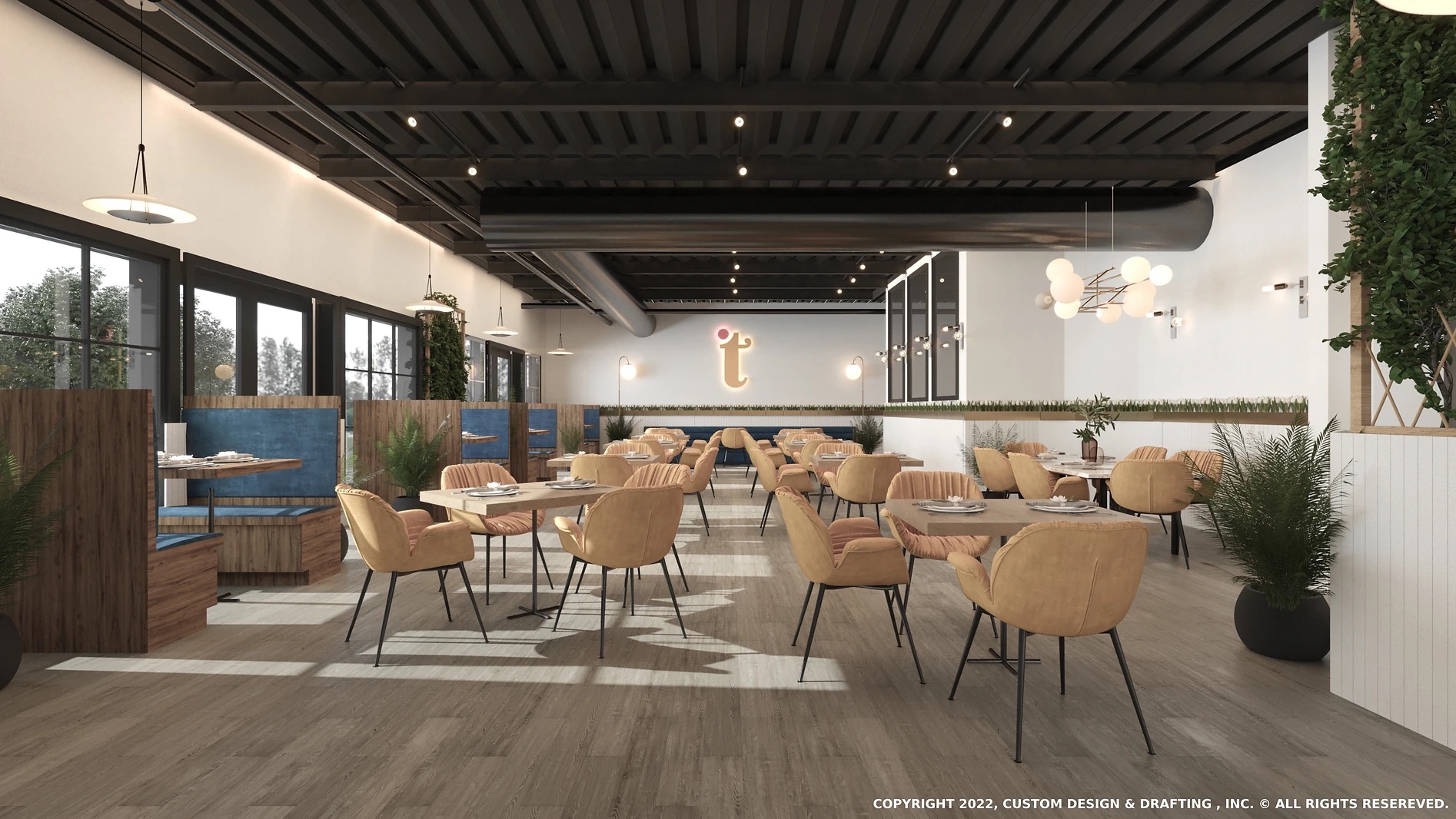In the competitive landscape of commercial real estate, architectural design emerges not just as a matter of aesthetics but as a critical driver of investment value. The strategic integration of innovative design elements can transform a commercial property into a magnet for tenants and customers alike, significantly boosting its profitability and market appeal. This article explores the dynamic relationship between architectural design and investment value, illustrating how thoughtful design considerations can elevate commercial properties in the real estate market.
The Nexus of Design and Value
At the heart of commercial real estate investment lies the pursuit of maximizing returns while minimizing risks. Architectural design plays a pivotal role in this equation, influencing not only the immediate appeal of a property but also its long-term viability and adaptability. Innovative design can create spaces that are not only visually appealing but also functional and efficient, attracting a wider range of tenants and enhancing the property’s overall value.
Attracting Tenants and Customers
One of the most direct ways architectural design adds value to commercial properties is by bolstering their attractiveness to potential tenants and customers. A distinctive design can serve as a brand statement for retail spaces, while adaptable and efficient layouts in office buildings can cater to the evolving needs of businesses. For instance, open-plan layouts, natural lighting, and green spaces can significantly improve the desirability of office environments, leading to higher occupancy rates and, consequently, higher rental yields.
Sustainability: A Value Proposition
Sustainability and energy efficiency are no longer just buzzwords in the realm of architectural design; they are essential components that significantly impact a property’s investment value. Sustainable design features, such as energy-efficient lighting, heating, and cooling systems, and water-saving fixtures, not only reduce operational costs but also appeal to environmentally conscious tenants and customers. Moreover, buildings with green certifications, such as LEED, often command higher rents and have lower vacancy rates, underscoring the tangible value of sustainability in commercial architecture.
Case Studies: Design as a Differentiator
Several case studies highlight how architectural design has directly contributed to enhanced investment value. For example, the transformation of a conventional office building through the incorporation of flexible workspaces and eco-friendly design elements can lead to a notable increase in tenant demand and rental premiums. Similarly, retail spaces that integrate unique design features to create engaging shopping experiences can attract high-footfall tenants, driving up the property’s profitability.
Future-Proofing Investments
Architectural design also plays a crucial role in future-proofing commercial properties. Designs that emphasize modularity and flexibility allow for easy reconfiguration of spaces to accommodate different tenants or changing business needs, ensuring the property remains competitive and valuable over time. Additionally, incorporating advanced technological infrastructure can make a property more attractive to tech-savvy tenants and future-proof against rapid technological advancements.
Collaborating for Maximum Value
For property owners and developers, collaborating closely with architects from the outset of a project is key to maximizing investment value. This partnership should focus on identifying design strategies that align with market demands, sustainability goals, and functional requirements, ensuring the final product stands out in the commercial real estate market.
Design as a Strategic Asset
In conclusion, architectural design is a strategic asset in the commercial real estate sector, offering a pathway to enhanced investment value through increased attractiveness, sustainability, and functionality. As the market continues to evolve, the properties that embrace innovative design principles will likely lead in profitability and appeal, setting a new standard for commercial real estate investments.





